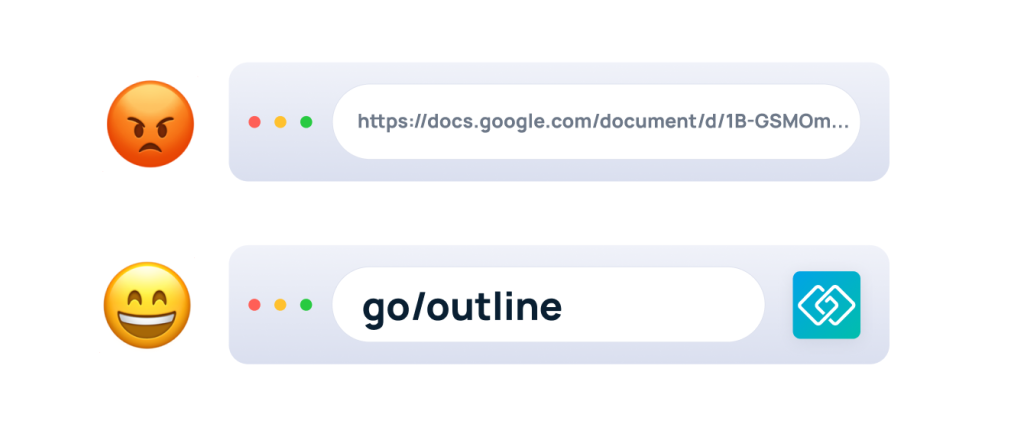In today’s global workplace, keeping employees informed, aligned, and connected is more important—and more challenging—than ever. A strong internal communications strategy ensures your team stays engaged, collaborative, and productive, whether working remotely or in the office.
Whether you’re creating a strategy from the ground up or enhancing what you already have in place, these internal communications tips will help you foster transparency, improve team dynamics, and build a more connected and high-performing workplace.
1. Hold Regular Virtual Check-Ins to Keep Teams Aligned
Why it matters: Consistency is key in any communication strategy. Virtual check-ins ensure that teams stay on the same page, minimize confusion, and foster accountability across departments. They also offer opportunities for open dialogue and cross-functional feedback.
Best practices for virtual check-ins:
- Weekly team stand-ups
- 1-on-1s between managers and direct reports
- Biweekly company-wide syncs
- Quarterly performance reviews
- Weekly goals shared via Slack or your internal comms tool
Pro tip: Set a recurring schedule and define the purpose of each meeting to maximize participation and clarity.
2. Equip Teams with the Right Communication Tools
Why it matters: The right technology stack powers seamless internal communication, especially in remote or hybrid teams.
Top internal communications tools to consider:
- Slack for real-time messaging
- Google Workspace for collaboration
- Loom for asynchronous video updates
- GoLinks for quick access to internal resources
Centralize key information and updates to reduce time wasted searching through documents or emails. For more ideas, explore our Internal Comms Tools Guide.

3. Create Clear Internal Communication Guidelines
Why it matters: Defined communication norms eliminate confusion and help teams know when and how to connect. A great way to set these guidelines is by making an internal communication policy action plan for how important information will be communicated.
Elements to include in your communication policy:
- Expectations for weekly department meetings to align on priorities
- Designated status updates on Slack during meetings, focus time, or out-of-office
- A clear escalation path for sensitive topics (e.g., direct message your manager instead of using public channels)
These standards foster predictability and encourage deep, focused work.

4. Leverage Video Meetings to Improve Connection
Why it matters: Video conferencing adds a human touch to remote work. Regular video calls help teams understand tone, body language, and context—key ingredients for reducing miscommunication.
At GoLinks, we use:
- Google Meet for formal video meetings
- Slack Huddles for quick face-to-face chats
- Loom for asynchronous updates
Video communication should be part of every modern internal communications playbook, and your communications policy should reflect that.

5. Incorporate Virtual Team-Building Activities
Why it matters: Strong communication is built on trust. Virtual team-building fosters relationships, boosts morale, and strengthens cross-functional collaboration.
Try this idea: At GoLinks, we host “Trivia Watercoolers” – seasonal trivia games that mix up teams and encourage friendly interaction across departments.
Encourage fun, connection, and culture-building through regular virtual events.
6. Build a Culture of Transparency and Openness
Why it matters: Transparency drives trust and engagement. When leadership shares openly, employees feel informed, valued, and empowered.
How we do it at GoLinks:
We maintain a living “Questions” doc where team members can ask leadership anything—from quarterly goals to market challenges. Questions are answered live during our all-hands meetings, promoting visibility and open dialogue.
Pro tip: Make leadership communication a regular, visible part of your internal comms strategy.
7. Use GoLinks for Smarter, Faster Information Sharing
Why it matters: Navigating long URLs or searching multiple systems for information slows down productivity. GoLinks transforms long, complex URLs into simple, memorable short links like go/roadmap or go/styleguide. This makes accessing and sharing resources much easier, especially across distributed teams.
Why GoLinks enhances your internal comms strategy:
- Share knowledge with short, human-readable links
- Keep links updated without changing the go link
- Improve onboarding, project collaboration, and async decision-making
Try GoLinks for free and see how it simplifies your workflow.

8. Encourage Breaks to Support Clarity and Communication
Why it matters: Burnout is one of the most significant barriers to effective communication. Encouraging your team to take regular, meaningful breaks not only supports their mental well-being but also improves focus, creativity, and the overall employee experience.
To help your team develop healthy, sustainable work habits, consider implementing the following strategies:
- Schedule break time: Encourage team members to block off time on their calendars for short, restorative breaks throughout the day.
- Establish “no-meeting” periods: Designate certain hours as meeting-free zones to give employees uninterrupted time to recharge and refocus.
- Promote flexible work hours: Allow flexibility in daily schedules to help reduce screen fatigue and accommodate individual energy rhythms.
Well-rested and mentally refreshed employees are more likely to communicate clearly, collaborate effectively, and contribute positively to the team dynamic. Prioritizing breaks isn’t just a wellness initiative—it’s a smart communication strategy that fosters a more productive and resilient workforce.

9. Continuously Evaluate and Improve Your Communication Strategy
Why it matters: An effective internal communication strategy is not a one-time effort—it should grow and adapt alongside your organization. As your team evolves, so should the ways you connect, share information, and foster collaboration. Ongoing evaluation is key to ensuring your strategy remains relevant, effective, and aligned with your goals.
To promote continuous improvement, consider the following best practices:
- Conduct regular feedback surveys: Run quarterly internal communications surveys to gather honest input on what’s working and where there are gaps.
- Analyze communication tool metrics: Monitor usage data to identify trends, engagement levels, and potential inefficiencies in your platforms.
- Stay current with industry trends: Keep an eye on emerging tools, technologies, and communication best practices to stay ahead of the curve.
- Act on feedback: Use the insights you collect to implement meaningful changes—no matter how small—to build trust and show responsiveness.
A communication strategy that evolves with your organization helps keep your team informed, aligned, and empowered to succeed. By committing to regular assessment and refinement, you create a culture of openness, agility, and continuous growth.
Build a Stronger Internal Communications Strategy with GoLinks
A successful internal communications plan is key to organizational success. By implementing these tips—and tools like GoLinks—you can drive collaboration, boost employee engagement, and support your team’s growth.
Ready to simplify internal communications? Visit GoLinks to start your free trial today.
Access and share resources instantly with GoLinks
Try for free














